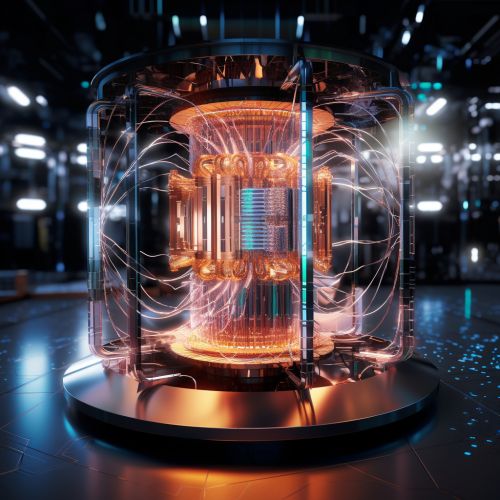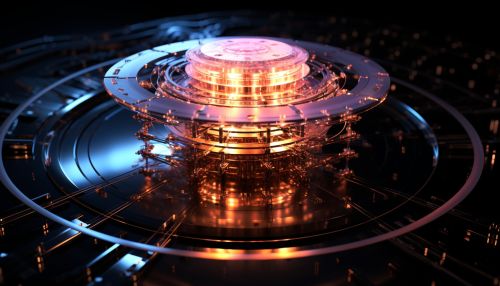Biophysics
Introduction
Biophysics is an interdisciplinary science that applies the principles of physics and the methods of physical sciences to the study of biological systems. It seeks to explain biological function in terms of the molecular structures and properties of specific biological molecules and complexes of molecules. As such, biophysics straddles the domains of biology and physics, chemistry, mathematics, and computer science.
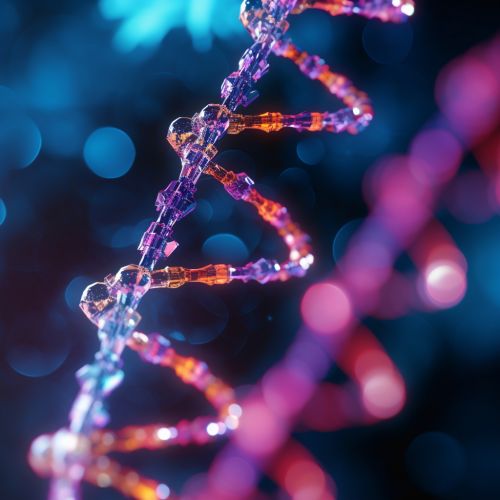

History
The history of biophysics is rich and complex, with roots in the early 19th century when scientists first began to apply physical principles to biological phenomena. The term "biophysics" was first used by Pearson in 1892, but it was not until the 20th century that the field began to take shape as a distinct discipline.
Fundamental Concepts
Biophysics is based on several fundamental concepts derived from physics and applied to biological systems. These include:
- Thermodynamic principles: These principles, including the laws of energy conservation and entropy, are used to understand the energy transformations that occur in biological systems.
- Quantum mechanical principles: These principles are used to understand the behavior of molecules at the atomic and subatomic levels, including the interactions of electrons and the absorption and emission of light by molecules.
- Statistical mechanical principles: These principles are used to understand the behavior of large ensembles of molecules, including the distribution of molecular states and the fluctuations in molecular properties.
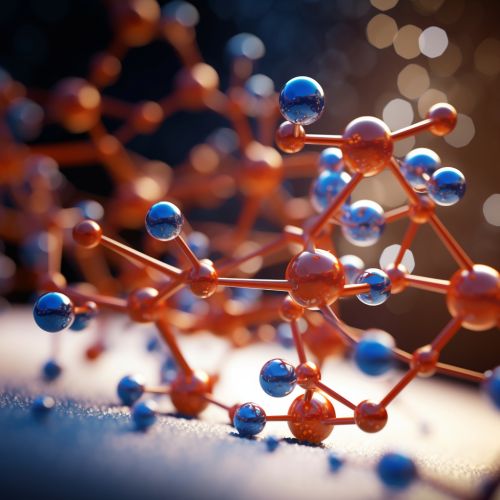
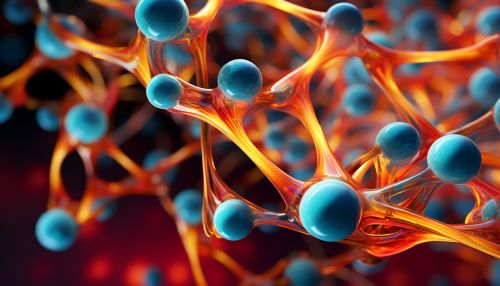
Applications
Biophysics has a wide range of applications in many areas of biology and medicine. These include:
- Structural biology: Biophysics techniques are used to determine the structures of biological molecules and complexes, including proteins, nucleic acids, and lipids.
- Molecular biology: Biophysics methods are used to understand the physical properties of biological molecules and their interactions.
- Cell biology: Biophysics approaches are used to understand the physical properties of cells and their components, including the mechanics of cell membranes and the dynamics of intracellular transport.
- Neuroscience: Biophysics is used to understand the electrical properties of neurons and the physical principles underlying neural signaling.
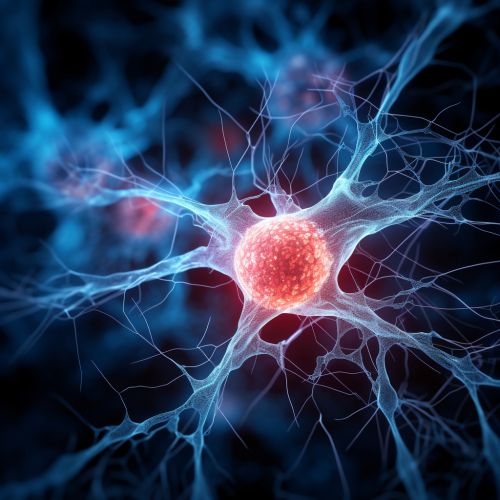
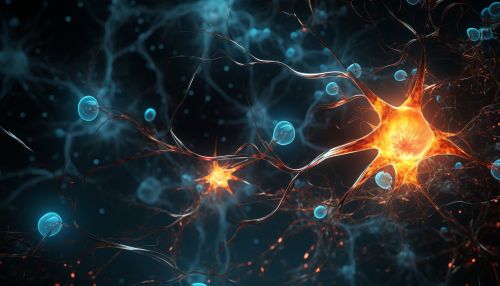
Techniques
Biophysics employs a wide range of techniques derived from physics and other physical sciences. These include:
- X-ray crystallography: This technique is used to determine the atomic and molecular structure of a crystal, including biological macromolecules.
- Nuclear magnetic resonance (NMR) spectroscopy: This technique is used to determine the structure and dynamics of molecules.
- Electron microscopy: This technique is used to visualize biological structures at the nanometer scale.
- Fluorescence spectroscopy: This technique is used to study the properties of molecules based on their absorption and emission of light.
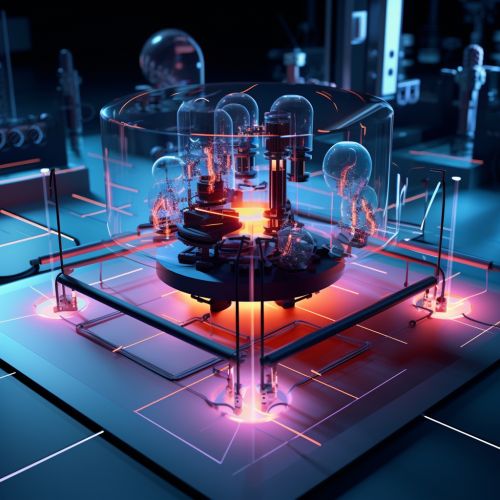
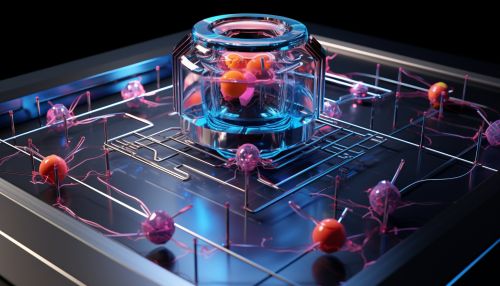
Future Directions
The future of biophysics is likely to be shaped by advances in technology and the development of new techniques and approaches. These may include the use of quantum computing to model biological systems, the development of new imaging techniques to visualize molecular structures and dynamics, and the application of machine learning and artificial intelligence to analyze complex biological data.
